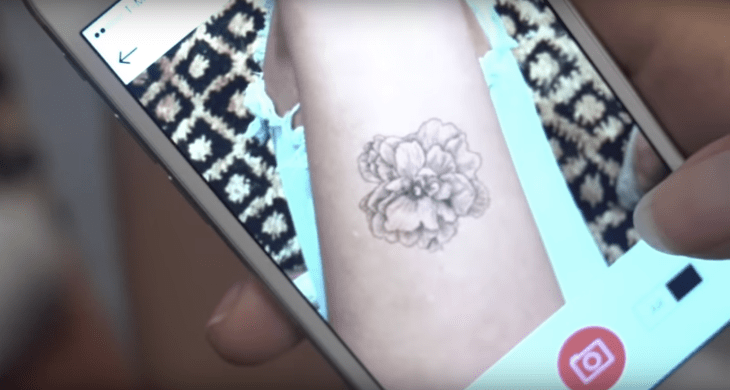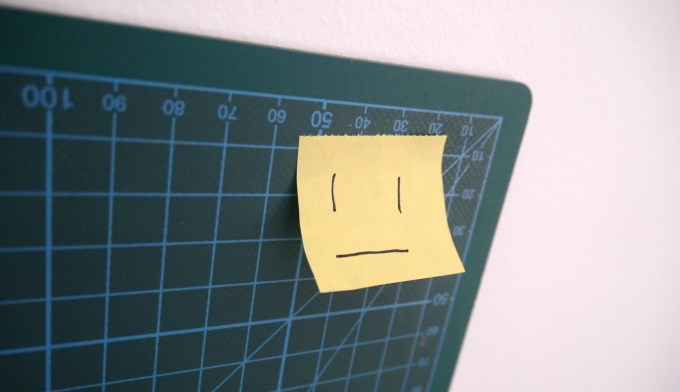The startup behind a fun, augmented reality tattoo app called InkHunter, covered by TC back in April, is launching its Android app out of beta today — after racking up some 2.5 million downloads on iOS.
They’ve been beta testing on Android, as they worked to ensure their AR tech could handle a range of hardware and slower Android devices, but are launching officially now.
The team is also fleshing out its evolving business model, having spent the summer in the ERA accelerator in New York, relocating to the U.S. from Ukraine.
Their app idea started life as a project cooked up during a 48-hour hackathon back in mid-2014, but the startup is now looking to move beyond being just an app for virtually trying tattoos — eyeing a B2B play, with a plan to license their core augmented reality technology to e-commerce and gaming app makers.
So instead of focusing on building a marketplace for tattoo artists, they’re now working on an SDK for other developers with a particular need for AR-powered product visualization within their own apps and services.
The team intends to continue developing their InkHunter consumer tattoo app, though mostly as a showcase of the AR tech. CEO Oleksandra Rohachova also says they are looking to work with brands to develop branded tattoo campaigns within the app — mostly for “social sharing” potential more than encouraging people to seriously get a company logo inked on their person (although of course people do… ).
“We are going to launch a few campaigns at the end of the year,” she tells TechCrunch.
When it comes to their plan for licensing via an SDK, they’re hoping to have launched to all comers in about a year’s time, after first running trials with select partners — and are aiming to start that this year.
Examples of the sorts of licensing use-cases that could make sense for pen-and-ink-powered virtual try-ons are accessories such as watches and jewelry, reckons CTO Pavlo Razumovskyi. InkHunter’s AR requires users ink three straight lines on themselves where they want to virtually try something — such as a tattoo — which its algorithms use to anchor the result and scale it correctly.
Another possible use-case Razumovskyi mentions is visualizing large items of furniture or electronics in a room. For this scenario, instead of the user drawing on their skin to anchor the AR correctly, he suggests they could use sticky notes positioned in the correct spot in the room where they want a new sofa/TV/table, etc.
“Right now if you want to try an augmented reality in your app… there are two approaches. The first one is basically some printed marker — so you need to print something, or buy something, or get something which the app can recognize. Which makes it almost impossible to spread to a lot of people,” he argues. “I don’t know any successful B2C example of AR based on some printed stuff.
“There are also technologies that don’t use any kind of marker. Pokémon Go uses it. But they’re prone to moving around and are not really stable. So when we developed the tattoo app we figured out how to make stable, not shaky AR — with the ability to spread among users. And our secret sauce is these three lines.
“These markers that people can draw with any kind of pen… On any surface. And in different shapes and the app still recognize that. And can give a stable picture of the end — like tattoos.”
So there you have it: A tech startup that reckons its secret sauce is old-school pen and ink… Who said paper was dead?
The team has just graduated ERA’s demo day and Rohachova says it’s planning to stay in NY, while keeping some of its devs back in Ukraine for costs reasons. At this point they’ve taken in $40,000 in funding from ERA, via its accelerator program, but plan to start raising a seed this year.

